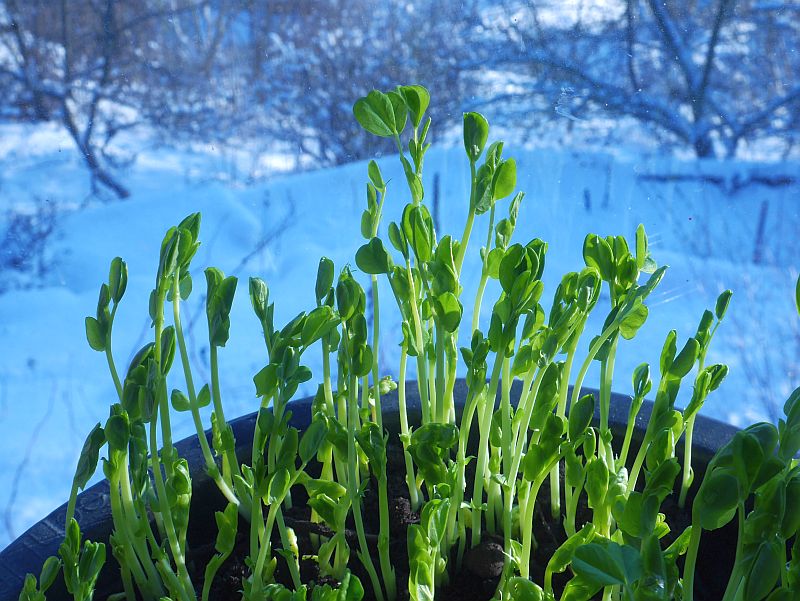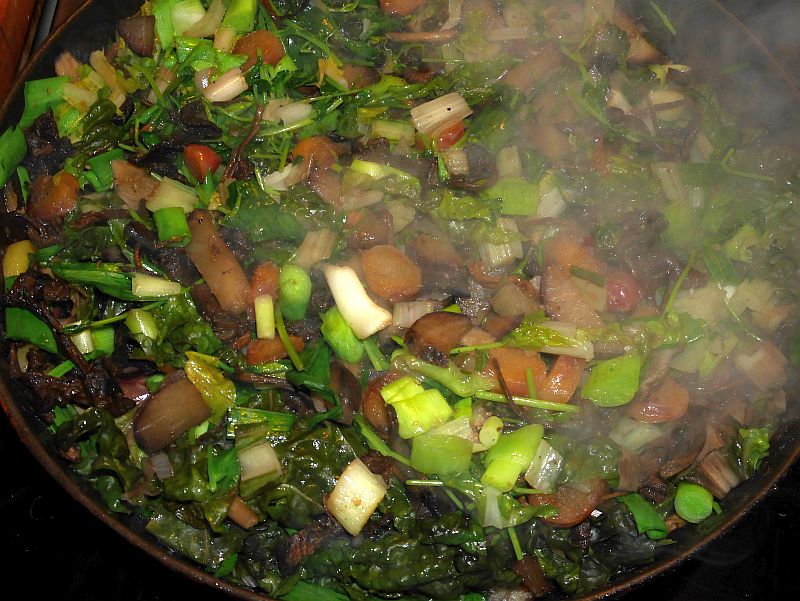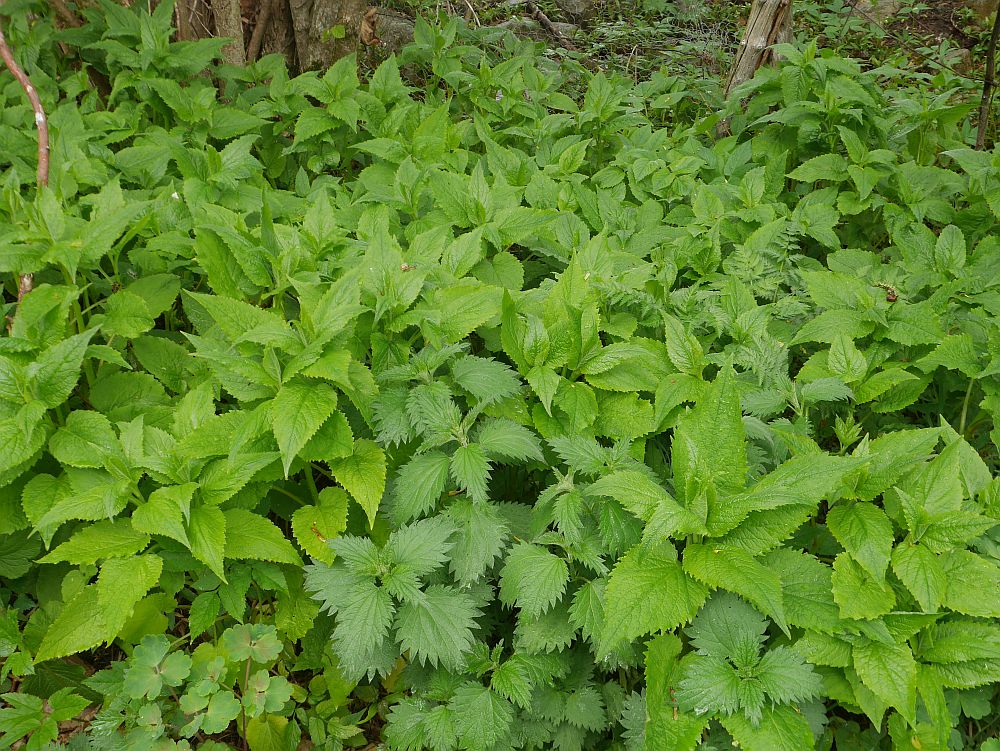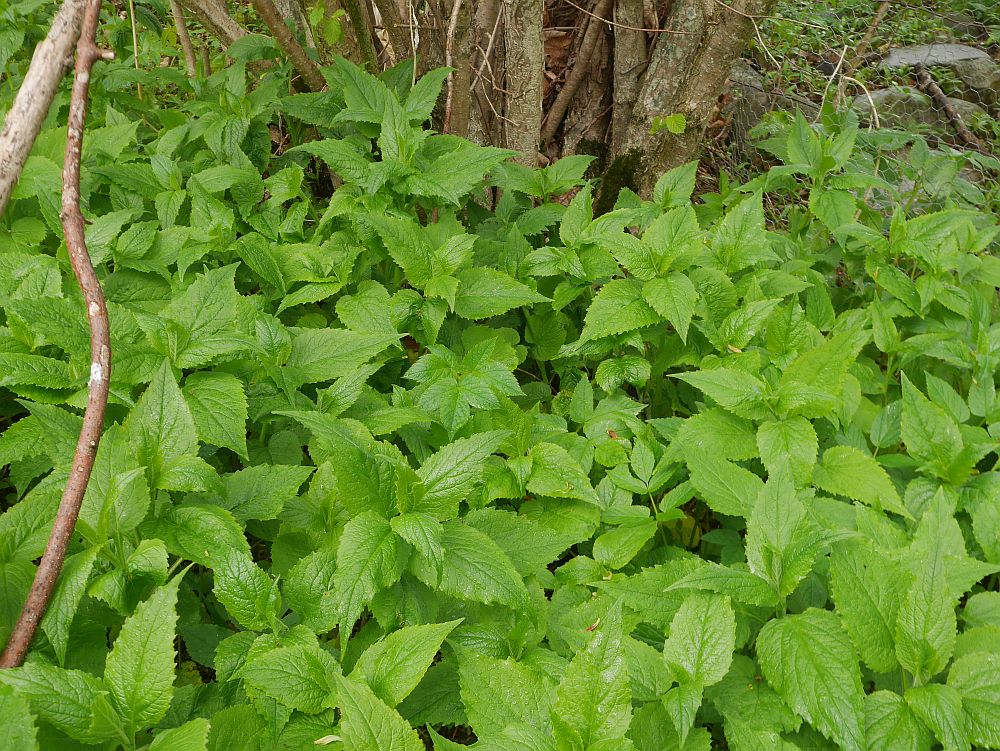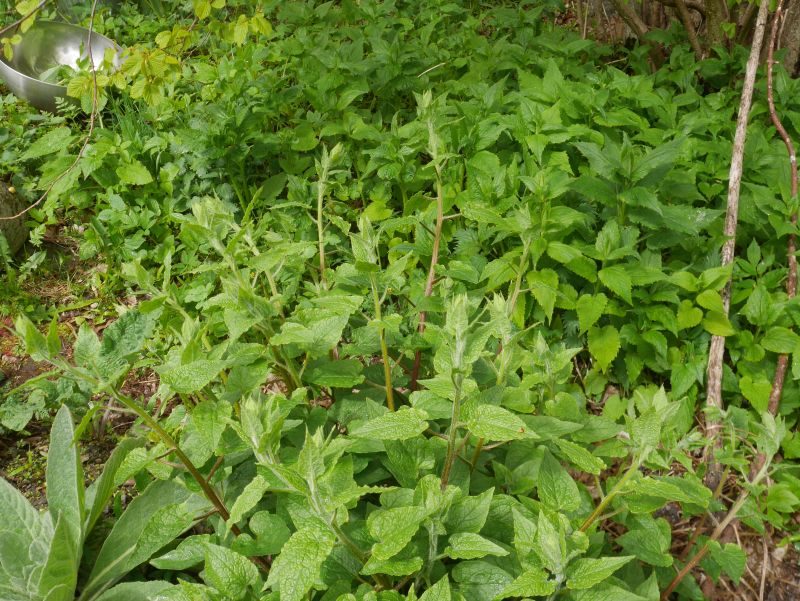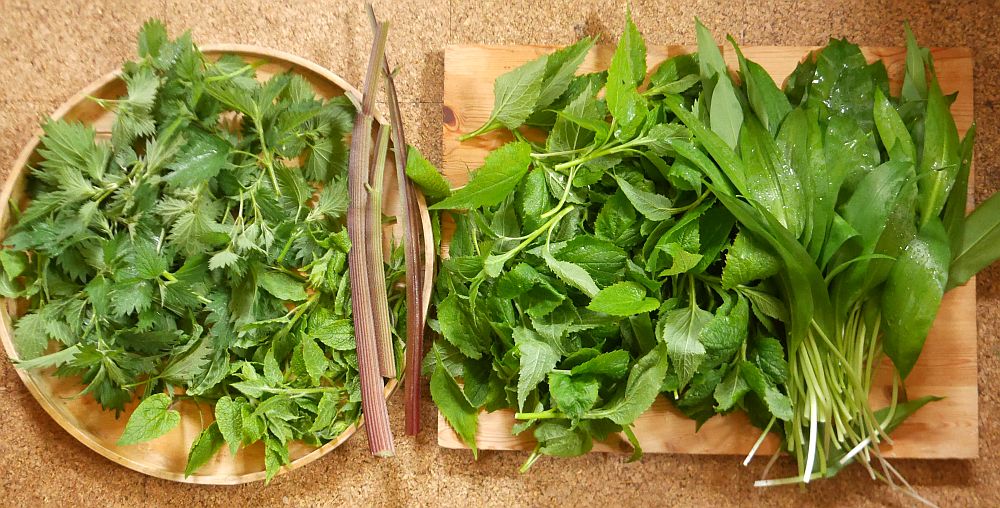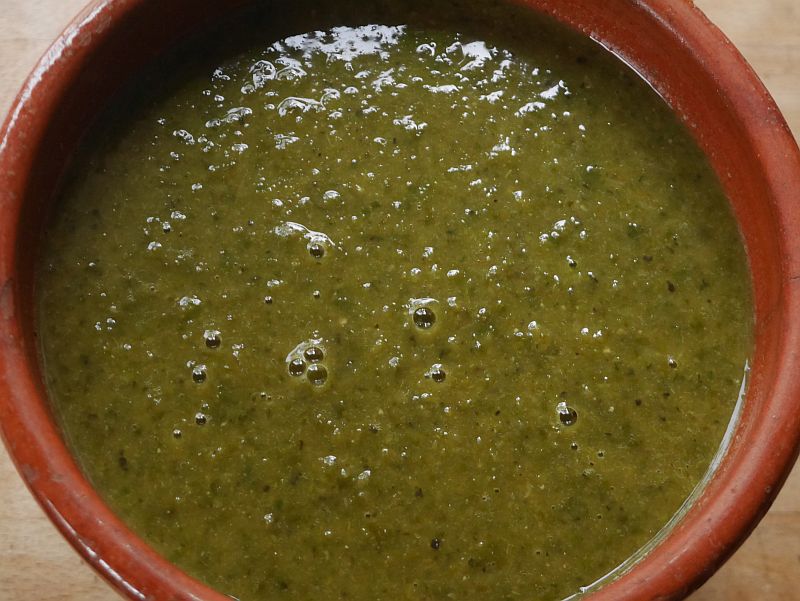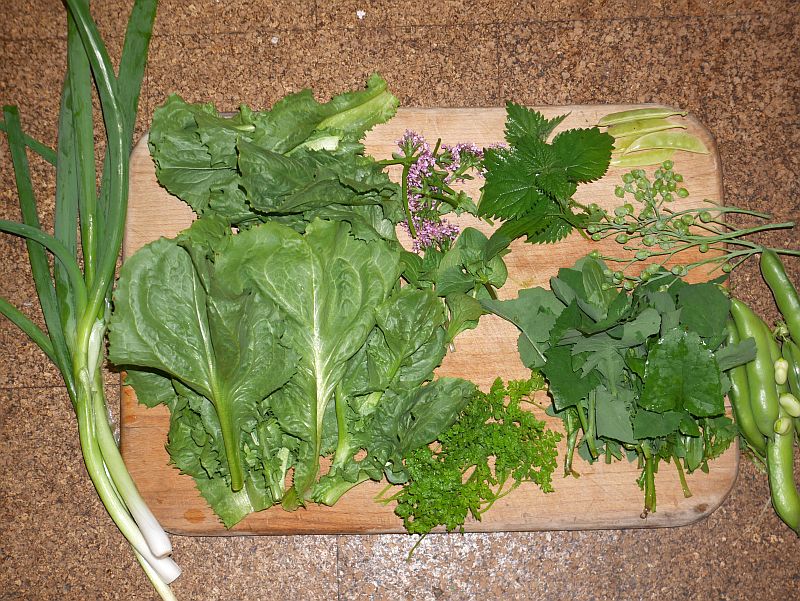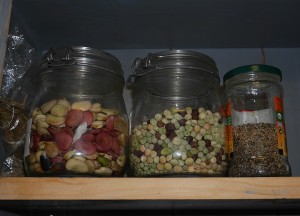The garden pea / ert (now Lathyrus oleraceus, was Pisum sativum) is an important source of vegetable protein and can be grown over most of Norway with many heirloom varieties which have been rescued and are maintained across Scandinavia by seed saver organisations such as our own KVANN (Norwegian Seed Savers; kvann.no).
Over the years, I’ve grown over 90 different varieties and usually some 20 varieties every year, a mix of Scandinavian and UK heirlooms and modern varieities. There are some favourite varieties such as Golden Sweet, Purple Podded, Salmon Flowered, Sugar Snap and Hurst Green Shaft which I grow each year, whilst others are grown less frequently on a roughly 3 year rotation, so that I am maintaining some 40-50 varieties at any one time! I share a few with members of KVANN each year.
The pea harvest and processing for 2023 was completed yesterday: dried first on window sills, then sorted, saving the best peas for seed for the next grow-out and for sharing. I use the remainder mainly for pea soup, pea fritters/felafel and for sprouting for pea shoots. Here’s this year’s pea diversity shown in the pictures:
Outer ring: Rättviksärt, Mammoth Melting, Big Jumps / Karina, Sugar Magnolia, PI203064 Finsk (gift, rematriated from Seed Savers Exchange), Jærert, Lollandske Rosiner, Herald/Herault, (Middle): Alma, Salmon Flowered, Purple Podded, Golden Sweet, Slikkert fra Våler, Store Holgers Kämpeart, Sugar Snap and Magnum Bonum (Not shown: Brunært fra Nakskov and Svartbjörsbyn).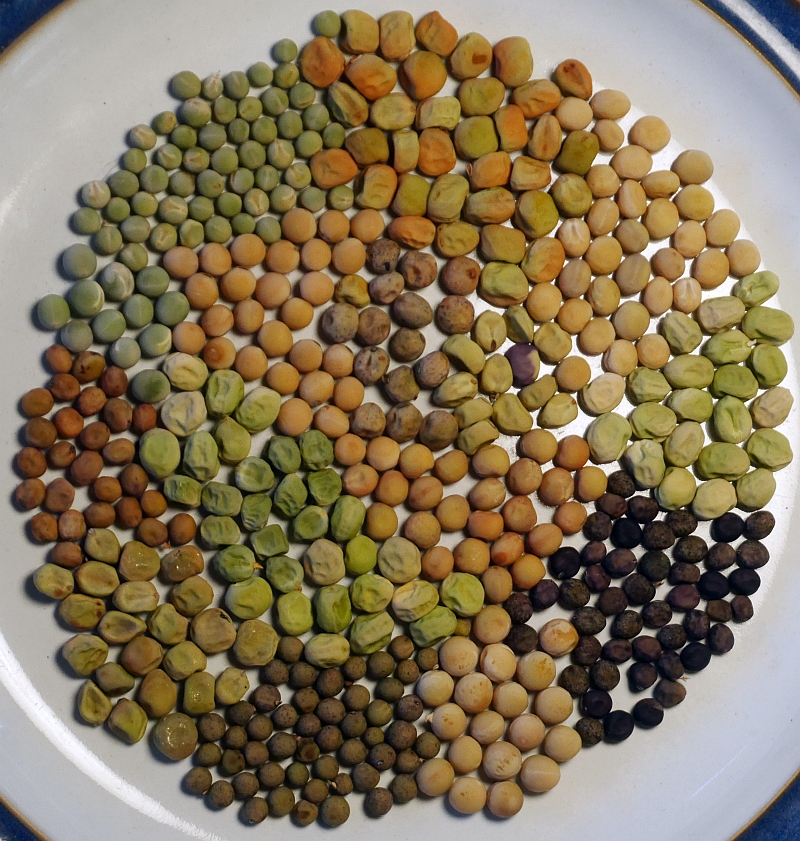

Tag Archives: Peas
Habby pea soup
Yesterday was the first day above 10C this year and my Hablitzia (Caucasian spinach) plants are really growing fast. We used those in the picture together with thinned Allium scorodoprasum bulbs and shoots in a delicious home grown pea soup. 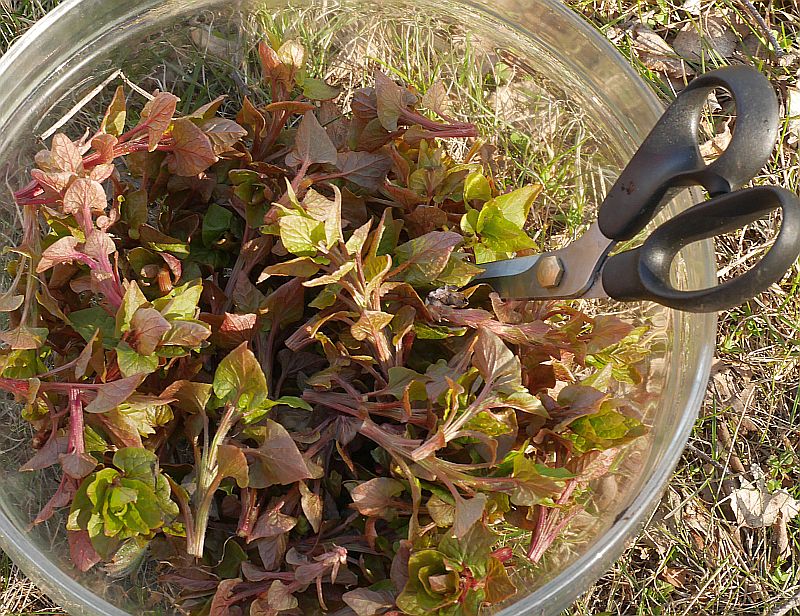

Winter stir-fry
People are always asking me for recipes. I rarely follow recipes as my ingredients vary so much and I just use what I have available. However, I do follow a number of basic, mostly lacto-vegetarian recipes which I’ve evolved to my liking over the years. For instance, last night I used
a) Pea shoots (erteskudd), harvested about 25cm high (before they get too coarse to use; I don’t cut them right down to the soil as they will then resprout once or twice before giving up; to do this, they must be grown in a bucket or similar in deep soil); the peas were a mixture of about twenty home grown varieties, including several heirlooms such as Norwegian Jærert and Ringeriksert).
b) Swiss chard / mangold (it’s been too cold for this to regrow in the cellar where it’s planted in soil)
c) Chicory “Catalogna gigante di Chioggia” (sikkori) (this had resprouted in the cellar from the roots)
d) Leeks / purre (also stored in soil in the cellar)
e) Yacon (sliced tubers)
f) Scorzonera / scorsonnerot (sliced tubers)
g) Oca (oka) (Oxalis tuberosa)
h) Garlic / hvitløk
i) Chili / chili
j) Bulb onions / kepaløk
k) golpar (ground seed of various Heracleum species; bjørnekjeks / Tromsøpalme)
The roots are stir-fried first (in olive oil), then the onions are added and at the end the greens for 5-10 minutes, finally mixing in chili, salt and pepper. Served either over whole grain spelt pasta or mixed as a risotto (I use barley normally for a barlotto) with strong cheese or parmesan.
The roots are stir-fried first (in olive oil), then the onions are added and at the end the greens for 5-10 minutes, finally mixing in chili, salt and pepper. Served either over whole grain spelt pasta or mixed as a risotto with strong cheese or parmesan.
Diversity soup peas
Of the 20 varieties of peas we grew this year in my garden and the community garden, some of the harvest is saved for seed and sharing in Norwegian Seed Savers (https://kvann.no). The rest are mixed for winter soups and pea fritters. Here’s some of this year’s crop:
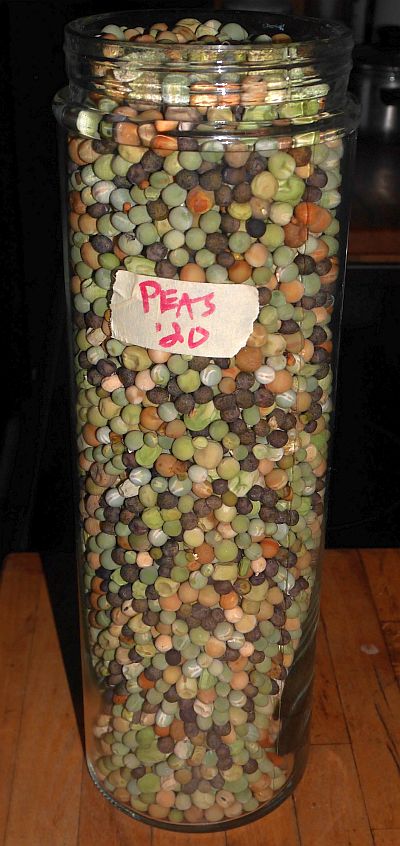
Garden wild green soup
Last night we made a green pea soup and apart from the Hablitzia (Caucasian spinach / stjernemelde), I used perennial vegetables growing in a wild part of the garden. With little or no help from me there’s a bounty of wild edibles in this area under wild hazels (Corylus avellana) and this made for a delicious pea soup with masses of greens.
Campanula latifolia is documented as used in spring soups in the 16th century in my area in Norway and Heracleum shoots are also a tradional soup ingredient, in particular Russian borsch now thought of as a beetroot soup was originally made with hogweed shoots.

